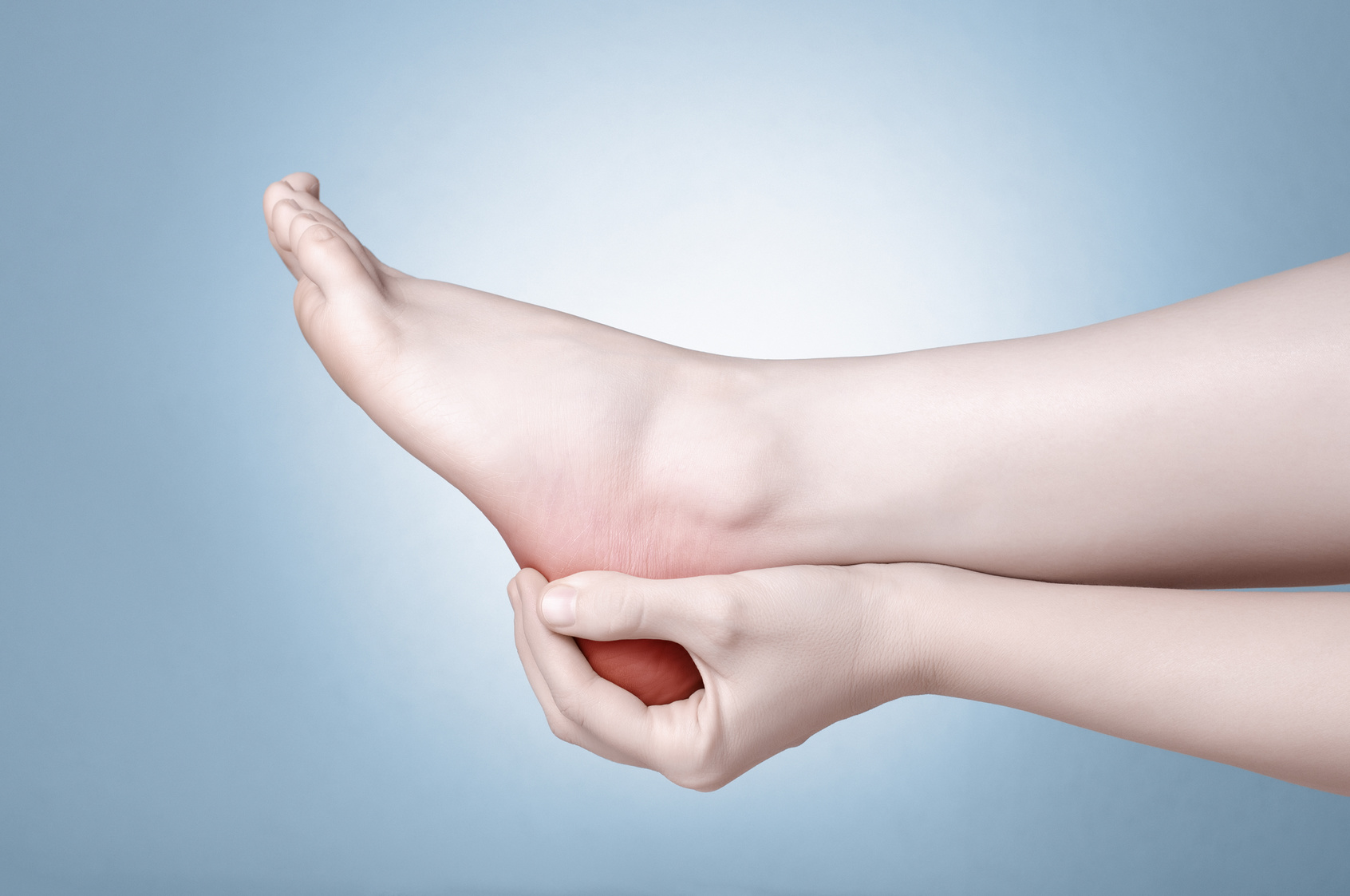Heel Pain and related conditions
Heel Pain
Heel pain is a common problem for people of all ages. It is often a ‘catch-all term’ for any condition that can occur around the heel, often causing chronic discomfort. Conditions such as Plantar Fasciitis and heel spurs can cause pain and inflammation in your foot. This in turn often affects your ability to complete day-to-day activities.
Most people are familiar with the most common forms of Heel Pain such as Heel Spurs and Plantar Fasciitis however there are a number of less known conditions and reasons people may develop symptoms of heel pain so it is vitally important to undergo a thorough examination (often involving X-rays scans and tests) and diagnosis prior to commencing treatment. The Foot and Ankle Clinic’s Podiatrists are extremely experienced in examining, diagnosing and treating all forms of heel pain.
Make sure you get the right advice.
Heel Spurs
A Heel Spur is a calcium deposit that develops over time into a sharp bony growth under the heel.
The spur develops in the soft tissue in the heel, which becomes irritated and swells, putting pressure on the nerves and causing pain.
Heel spurs are often a result of improper foot movement during walking or running, poorly fitting shoes and excessive body weight. Visit your Podiatrist regarding X-rays and reducing pain and inflammation.
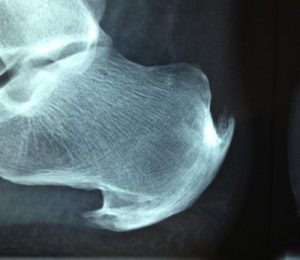
Learn more more about this condition on our Heel Spurs page.
Plantar Fasciitis
Heel pain is commonly diagnosed as plantar fasciitis. The plantar fascia is a ligament, like a bowstring, that stretches taut under your foot to help keep the arch shape of the foot when standing. Too much load causes wear and tear. The wear and tear causes pain where the ligament joins to the heel. However, when we see plantar fasciitis that is not getting better, it will often be because there are other structures that can cause the pain as well.
Most people suffering from plantar fasciitis suffer from extreme tenderness in the heel on the first few steps in the morning.
Symptoms include pain at the base of the heel, pain when standing up after an extended period of time, or burning and tightness in the arch of the foot.
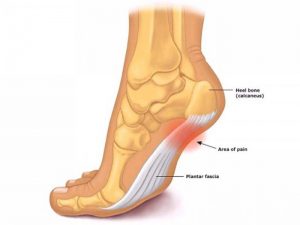
Learn more more about this condition on our Plantar Fasciitis page.
Haglund’s Deformity
Haglund’s Deformity is an abnormality of the foot bone and soft tissues. An enlargement of the bony section of your heel (where the Achilles tendon is located) triggers this condition. The soft tissue near the back of the heel can become irritated when the large, bony lump rubs against rigid shoes. This often leads to bursitis.
Haglund’s Deformity can develop in anyone. However, it’s most common in people who wear stiff, closed-heel shoes.
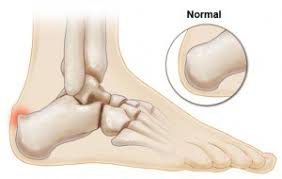
Learn more more about this condition on our Haglund’s Deformity page.
Heel Bursitis
Heel Bursitis is an inflammation of a bursa (a fluid filled fibrous sac) under the heel bone where the pain is typically more in the centre of the heel than that experienced with plantar fasciitis (heel spur) and significantly worsens during the day.
There are 3 main types of bursitis associated with heel bursitis. These include Retro-calcaneal bursitis, Achilles bursitis, and Sub-calcaneal bursitis.
Retrocalcaneal Bursa
Retrocalcaneal bursa are located between the achilles tendon and heel bone.
Subcutaneous Calcaneal Bursa
Subcutaneous (Achilles) calcaneal bursa are located between the skin and where the achilles tendon attaches to the heel bone.
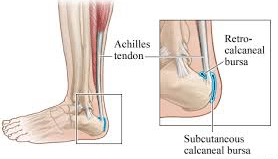
Sub-Calcaneal Bursa (Plantar Calcaneal Bursitis)
Sub-Calcaneal Bursa (Plantar Calcaneal Bursitis) is located between the heel bone and the plantar fascia (thick fibrous tissue that inserts into the heel bone). Plantar calcaneal bursitis symptoms can be very similar to plantar fasciitis. The athlete usually notices a dull ache under the heel directly under the fat pad.
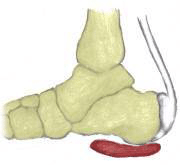
Learn more more about this condition on our Heel Bursitis page.
Trapped Nerve
A trapped nerve is a compression of a small nerve (a branch of the lateral plantar nerve) that can cause pain, numbness or tingling in the heel area. In many cases, this nerve compression is related to a sprain, fracture or varicose (swollen) vein near the heel.
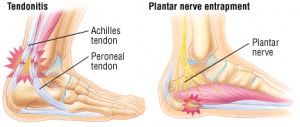
Tarsal Tunnel Syndrome
Tarsal Tunnel Syndrome can feel like a burning or tingling sensation under the heel within the arch of the foot, with occasional loss of sensation on the bottom of the foot. This is caused by compression of the tibial nerve as it passes the inside of the ankle and tapping of the nerve will stimulate the symptoms known as Tinel’s sign.
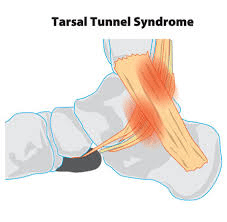
Achilles Tendonosis and Achilles Tendonitis
Achilles Tendonitis occurs when the Achilles tendon degenerates and becomes inflamed at the point where the tendon connects to the heel bone. This condition is common in athletes, runners and patients who have calf tightness.
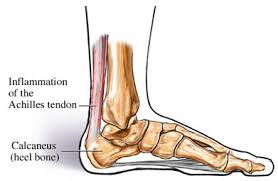
Many changes can be seen when the achilles tendon becomes inflamed. Patients have pain and/or tightness in the tendon behind the ankle. Most of the time there is no trauma or injury, but rather a slow progression of pain. Patients may have difficulty climbing stairs or running. Patients may also have pain after sitting for long periods or after sleeping. Many patients will notice a bump either in the tendon (midsubstance achilles tendinosis) or right behind the heel bone (insertional Achilles tendinosis). Some may also get irritation from shoes rubbing against the bump and feel better when wearing backless shoes. Patients also commonly have less pain while wearing a shoe with a slight heel versus shoes that are flat.
Learn more about this condition on our Achilles Tendinopathy page.
Calcaneal Stress Fractures
A stress fracture of the heel is a crack in a bone caused by repetitive stress or force, often from overuse. Forces that can cause a stress fracture could include repeatedly jumping up and down or running long distances. Swelling and pain that worsen over time are symptoms. Treatment includes a walking boot, brace or crutches to reduce the bone’s weight-bearing load.
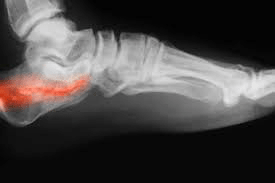
A fracture of the calcaneus, or heel bone, can be a painful and disabling injury. This type of fracture commonly occurs during a high-energy event—such as a car crash or a fall from a ladder—when the heel is crushed under the weight of the body. When this occurs, the heel can widen, shorten, and become deformed.
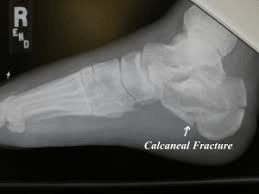
Learn more about this condition on our Stress Fractures page.
Heel Pain in Children: Sever’s Disease
Sever’s Disease, otherwise known as Calcaneal Apophysitis is an inflammation of the growth plate in the heel of growing children, typically adolescents. The condition presents as pain in the heel and is caused by repetitive stress to the heel and is thus particularly common in active children.
Sever’s Disease or Calcaneal Apophysitis is caused due to overuse of the tendons and bone in the heel. This is usually due to repetitive heel movement as seen while playing sports. In growing children, excessive weight bearing on the heel causes excessive traction as the bones and tendons are still developing and are still soft. Children who over-pronate are more vulnerable to this condition. It affects both the heels in 50% of the patients.
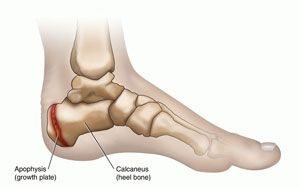
Learn more about this condition on our Sever’s Disease page.
The Keys to Successful Treatment for Heel Pain & Plantar Fasciitis
Footwear: Wearing shoes that allow your feet to be in their natural position is the most important treatment for plantar fasciitis. Shoe characteristics that are required are low heel height, wide toe box and have adequate support are most appropriate for this foot problem.
Stretching & Strengthening Exercises: Calf and plantar fascial exercises are imperative in treating the pain of plantar fasciitis. They are easy to do, your Foot and Ankle Clinic Podiatrist will talk you through accurately how best to do these exercises.
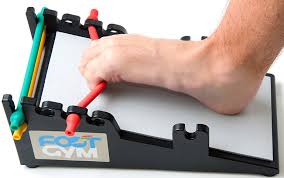
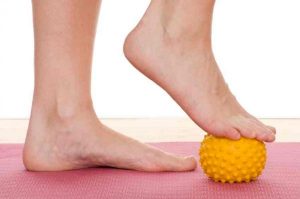
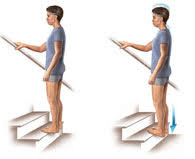
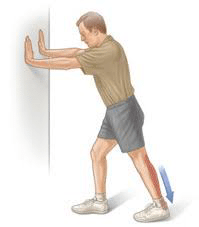
Taping techniques: There are a range of taping techniques which can unload the stress through the plantar fascia. This can be very useful at reducing pain levels and allow normal activity levels again.
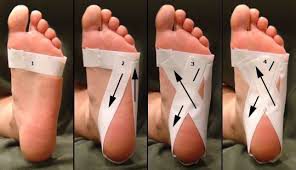
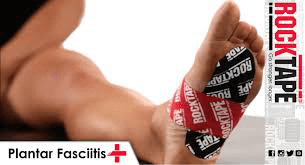
Heel Cushions: Silicone or foam heel cushions commonly available from pharmacies do nothing to actually cure this condition and at best provide temporary comfort. On the other hand, hard and flat walking surfaces are certainly not favourable.
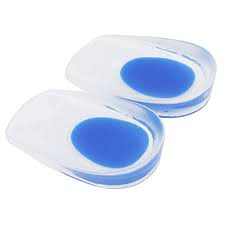
Compression: Almost all joint, tendon and associated condition benefit from compression to prevent excessive inflammatory oedema. The Foot and Ankle Clinic has a range of compression socks and garments that are clinical proven to relieve symptoms of heel pain and plantar fasciitis.

Orthotics: Orthotics are very commonly used to treat persistent plantar fasciitis as they can realign flat or high arched feet and decrease pain levels long term. Orthotics have proven to be a very successful treating option for plantar fasciitis by relieving the stress and micro tears which lead to pain development throughout the ligament.
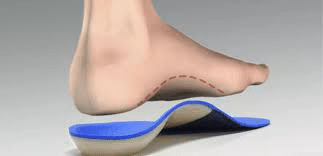
Night splints: For the most chronic cases of plantar fasciitis a night splint may be required to provide more consistent treatment to the ligament. A night splint can provide a very good night-orientated treatment option that is commonly used in conjunction with other treatments. This will reduce the inflammation process throughout the fascia and improve the healing process.
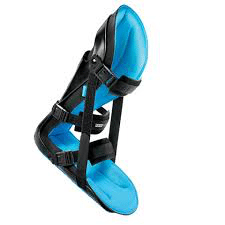
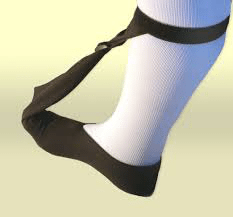
Shockwave Therapy: this involves the application of high energy Extracorporeal Shockwave Therapy (ESWT) waves through the surface of the skin. Application of ESWT will then begin to accelerate the healing process. This will in turn dramatically reduce pain and promote healing. The body responds with increased metabolic activity at the site of the pain, stimulating and accelerating the healing process.
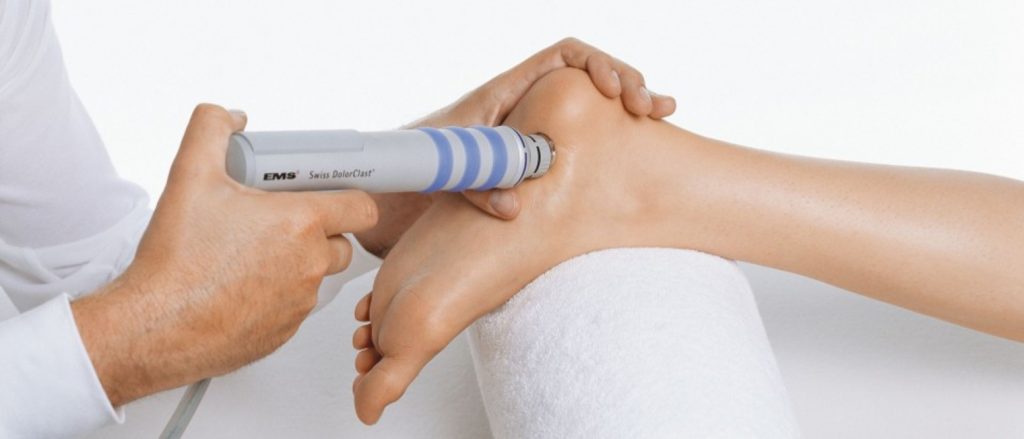
Alternative options such as Prolotherapy, cortisone injections, anti-inflammatories, paddings, dry needling and refexology (rare) also have their place and great potential to reduce plantar fascial pain.
About 90 percent of people with plantar fasciitis improve significantly after two months of initial treatment. However, if you don’t treat plantar fasciitis, it may become a chronic condition. You may not be able to keep up your level of activity, and you may develop compensatory symptoms of the foot, knee, hip and back problems because plantar fasciitis can change the way you walk which places extra stress through these areas.
How You Can Prevent Heel Pain and Heel Spurs
- Maintaining a healthy weight to minimise the stress on the plantar fascia.
- Choosing supportive shoes. Avoiding stiletto heels and shoes with excessively low heels. Buying shoes with a low to moderate heel, good arch support and absorption. Not going barefoot, especially on hard surfaces.
- Not wearing worn-out runners. Replacing old runners before they stop supporting and cushioning the feet. If a sport involves a lot of running, replacing shoes after about 650 kilometres of use.
- Starting activity slowly. Warming up before starting any activity or sport, and starting a new exercise program slowly.
- Undertaking training prior to competition to ensure readiness to play.
- Allowing adequate recovery time between workouts or training sessions.
- Checking the sporting environment for hazards.
- Avoid barefeet or unsupportive footwear such as slippers and thongs as much as possible.
Swiss DolorClast® : Plantar Fasciitis – (RSWT®) Radial Shock Wave Therapy
At the Foot and Ankle Clinic our highly qualified team of Podiatrists are all members of the Australian Podiatry Association and offer a combined 50 years’ experience. They are trained to diagnose and effectively treat heel pain via a range of proven treatments.
Put your feet in our hands! See us today in Chadstone, Moe, Sale, Traralgon, Warragul & Online Store and Retail Enquiries. NO REFERRAL NEEDED!.

